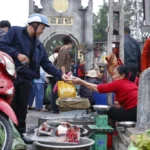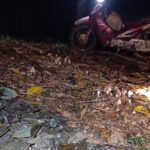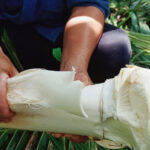
The Nhe Cattle Market: A Unique Trading Tradition in Ha Tinh Province
In the lead-up to Tet, the Nhe market in Khanh Vinh Yen commune, Can Loc district, Ha Tinh province, buzzes with activity as hundreds of traders bring their cattle to buy and sell. With the year drawing to a close, the number of market days decreases, drawing traders not only from Ha Tinh but also from neighboring provinces such as Nghe An, all looking to participate in the bustling transactions.
Nhe market has a long history and, to this day, maintains a bustling trade, making it one of the largest cattle markets in Ha Tinh. Here, the buying and selling of cattle is not just a simple transaction but a distinctive tradition involving the use of slang in negotiations and the confirmation of a deal through a firm hand clap.
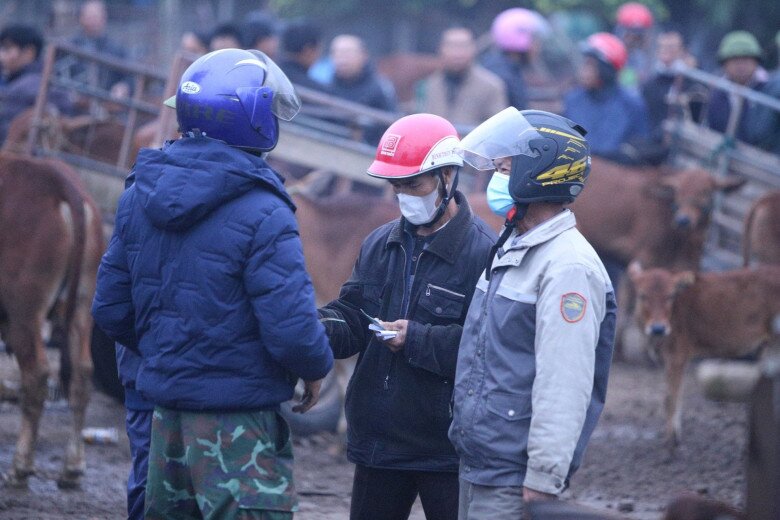
The origin of Nhe market is tied to the construction of Nhe bridge, built by the French over a century ago. When the bridge was completed, King Bao Dai personally attended the inauguration ceremony.
After the completion of Nhe bridge, a flat piece of land adjacent to it became a gathering place for traders, and the market took its name from the bridge. During the resistance war against the Americans, Nhe bridge was bombed, forcing the market to relocate to a new site about 2km away. After 1975, the market returned to its original location and has continued operating there ever since.
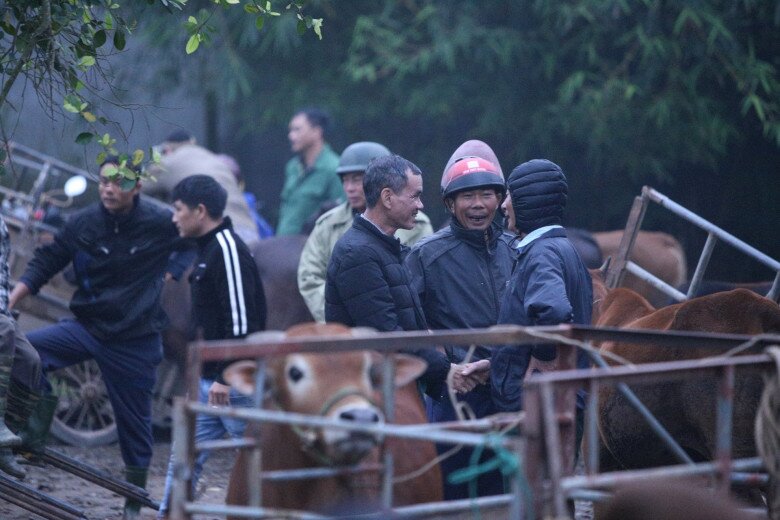
Prior to the year 2000, traders from Duc Tho district were the main sellers of cattle at the market. Some transactions involved as many as a thousand head of cattle. Seeing the profitability of the trade, local people also began to participate, and for many families, it became their primary source of livelihood.
Unlike traditional rural markets, Nhe market is held a total of 12 times a month, following the lunar calendar. The market days are the 2nd, 5th, 7th, 9th, 12th, 15th, 17th, 19th, 22nd, 25th, 27th, and 29th. Of these, six are dedicated to cattle trading, while the remaining days are mainly for the sale of pork, piglets, or agricultural produce.
Nowadays, each market day sees hundreds of cattle brought to trade. Interestingly, the haggling over prices does not use common language but instead relies on slang. According to some insiders, this unique language is mainly used by middlemen, or “cò” in Vietnamese, who act as brokers between buyers and sellers.

Specifically, they have devised a system of numbers from 1 to 10 using special terms like “chánh”, “lái”, “thâm”, and “chớ”. For example, a cow priced at 11.5 million VND would be described as “nạp cách kẹo.”
The middleman stands between the buyer and seller, negotiating the price and using this slang to communicate with the seller. During the haggling, the middleman and the seller converse in this coded language, making it difficult for the buyer to understand the actual price. This allows the middleman to profit from the price difference.
Once the negotiation is concluded, the buyer and seller clap hands to confirm the deal. The buyer then makes the payment and leads the cattle away.
This unique cattle market is not just a place of trade but also a traditional cultural feature that has endured for generations, meeting the growing needs of rural residents for buying and selling livestock.
The Mystical Second-Day-of-Tet Market in Hai Duong: A Unique Tradition Where Haggling is Forbidden.
The annual Dinh Ca Market, held on the second day of Lunar New Year in Hai Duong, is a unique trading and spiritual event. Unlike typical markets, there is no haggling or bargaining here; instead, it is a place of goodwill and auspicious wishes for the coming year. The market holds a special significance for both sellers and buyers, who come together to seek blessings and fortune for a prosperous new year ahead.
The Midnight Harvest: A Delicate Delicacy Illuminated.
After the sun sets, the locals in the western provinces of Vietnam embark on a unique nocturnal endeavor. They gather in groups and venture out into the night to forage for a delicacy known as “mushroom termite.” These prized fungi, sprouting from termite mounds, are sought-after ingredients for upscale restaurants and gourmet chefs. The locals’ nocturnal expeditions are not merely recreational; they are a means to earn a substantial income by supplying this exotic ingredient to discerning chefs and gourmet enthusiasts.
The Breathtaking Natural Rock Park in Ninh Thuan: A Majestic Wonder Crafted by Mother Nature Herself
The Ninh Thuan National Park has been recognized by UNESCO as a World Biosphere Reserve. This diverse landscape, boasting forests, seas, mountains, and a semi-desert, attracts tourists from far and wide. The majestic mountains, in particular, captivate visitors with their Mediterranean-esque vistas.


























